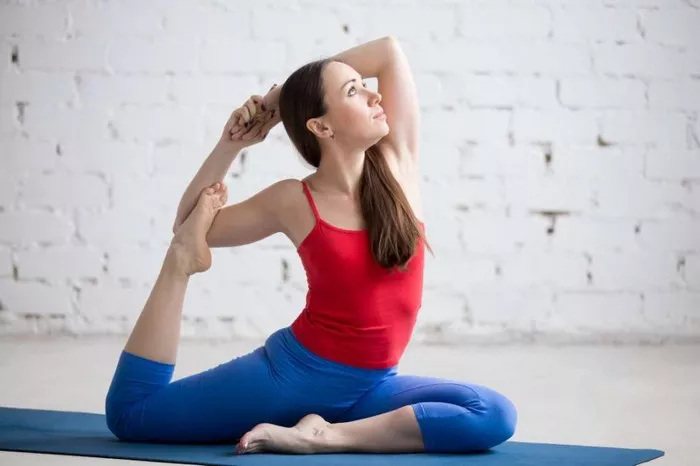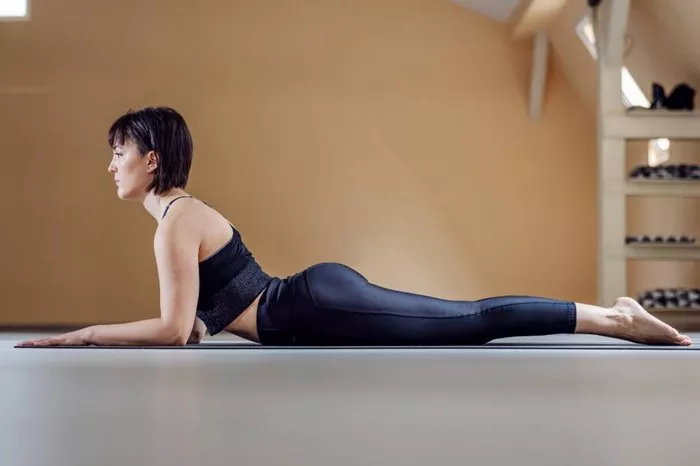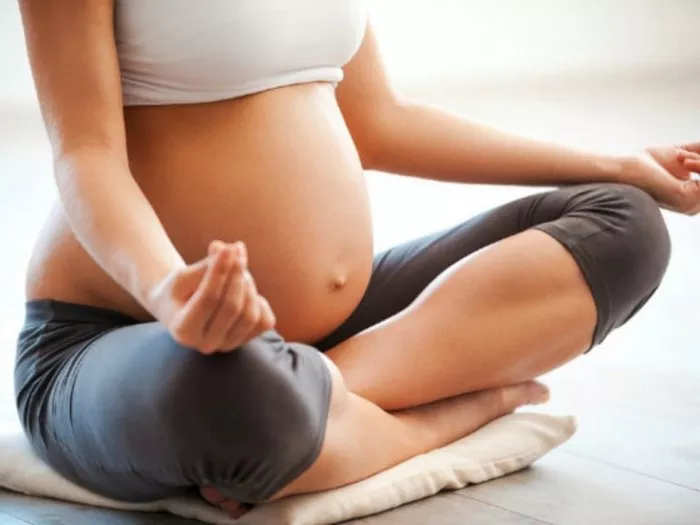Yoga is a practice that emphasizes flexibility, balance, and strength, but it also requires a sense of mindfulness and adaptability. For those who may need a bit more support, whether due to age, injury, or simply seeking new ways to deepen their practice, a yoga chair can be an incredibly valuable tool. This article will explore the various ways to use a yoga chair, offering detailed instructions and insights into how it can enhance your yoga practice.
What is a Yoga Chair?
A yoga chair is typically a sturdy, metal folding chair, often without a front bar between the legs. This design allows for a greater range of motion and accessibility. Yoga chairs are used to support the body in various poses, helping to improve alignment, increase stability, and enable practitioners to hold poses for longer periods.
Benefits of Using a Yoga Chair
Using a yoga chair can offer numerous benefits, including:
- Improved Accessibility: Yoga chairs make it possible for individuals with limited mobility, injuries, or balance issues to engage in a more comprehensive yoga practice.
- Enhanced Stability: The chair provides additional support, allowing practitioners to focus on alignment and breathing without the fear of falling.
- Deepened Stretches: By using the chair for support, you can safely deepen your stretches and hold poses longer.
- Increased Confidence: With the added stability and support, beginners may feel more confident and willing to try new poses.
See Also: Top 10 Benefits of Chair Yoga
Preparations Before Using a Yoga Chair
Before incorporating a yoga chair into your practice, ensure that you:
- Choose the Right Chair: Select a sturdy chair without armrests and with a backrest that can support your weight. It should also be free from any defects or wobbly parts.
- Set Up Your Space: Place the chair on a flat, stable surface. You might also want to use a yoga mat under the chair to prevent it from sliding.
- Warm Up: As with any yoga practice, start with a gentle warm-up to prepare your body.
Yoga Chair Poses and How to Perform Them
Here are some common yoga chair poses along with step-by-step instructions on how to perform them:
1. Seated Mountain Pose (Tadasana)
Purpose: Improves posture and promotes a sense of groundedness.
How to Perform:
- Sit on the edge of the chair with your feet flat on the ground, hip-width apart.
- Engage your core and lengthen your spine, reaching the crown of your head towards the ceiling.
- Rest your hands on your thighs or place them in a prayer position at your heart.
- Take deep breaths, feeling the stability and alignment of your body.
2. Chair Cat-Cow Stretch (Marjaryasana-Bitilasana)
Purpose: Increases flexibility in the spine and warms up the back muscles.
How to Perform:
- Sit on the chair with your feet flat on the ground.
- Place your hands on your knees.
- Inhale, arch your back, and look up (Cow Pose).
- Exhale, round your back, and tuck your chin towards your chest (Cat Pose).
- Repeat for 5-10 breaths, moving with your breath.
3. Supported Forward Bend (Uttanasana)
Purpose: Stretches the hamstrings, calves, and back.
How to Perform:
- Stand behind the chair with your feet hip-width apart.
- Place your hands on the backrest of the chair.
- Hinge at your hips and lean forward, keeping your back straight.
- Allow your head to hang between your arms.
- Hold for 5-10 breaths, feeling the stretch along your back and legs.
4. Chair Warrior I (Virabhadrasana I)
Purpose: Strengthens the legs and improves balance.
How to Perform:
- Stand in front of the chair with your feet hip-width apart.
- Step your right foot back and place the ball of your foot on the ground, keeping your left knee over your ankle.
- Hold onto the chair for support as you bend your left knee.
- Raise your arms overhead, keeping your shoulders relaxed.
- Hold for 5-10 breaths, then switch sides.
5. Chair Warrior II (Virabhadrasana II)
Purpose: Strengthens the legs, opens the hips, and improves focus.
How to Perform:
- Stand beside the chair with your feet wide apart.
- Turn your left foot out and your right foot slightly in.
- Hold onto the chair with your right hand for support.
- Bend your left knee, ensuring it doesn’t go past your ankle.
- Extend your left arm forward and your right arm back, keeping your shoulders relaxed.
- Hold for 5-10 breaths, then switch sides.
6. Seated Forward Bend (Paschimottanasana)
Purpose: Stretches the back, shoulders, and hamstrings.
How to Perform:
- Sit on the edge of the chair with your feet flat on the ground.
- Extend your legs straight in front of you, resting your heels on the ground.
- Inhale, lengthen your spine, and reach your arms overhead.
- Exhale, hinge at your hips, and reach for your feet or shins.
- Hold for 5-10 breaths, feeling the stretch along your back and legs.
7. Seated Twist (Ardha Matsyendrasana)
Purpose: Improves spinal flexibility and digestion.
How to Perform:
- Sit on the chair with your feet flat on the ground.
- Inhale, lengthen your spine.
- Exhale, twist to the right, placing your left hand on the outside of your right thigh and your right hand on the backrest.
- Hold for 5-10 breaths, then switch sides.
8. Chair Pigeon Pose (Eka Pada Rajakapotasana)
Purpose: Opens the hips and stretches the glutes.
How to Perform:
- Sit on the edge of the chair with your feet flat on the ground.
- Place your right ankle on your left thigh, just above the knee.
- Flex your right foot to protect your knee.
- Inhale, lengthen your spine.
- Exhale, hinge at your hips, and lean forward slightly.
- Hold for 5-10 breaths, then switch sides.
9. Supported Bridge Pose (Setu Bandhasana)
Purpose: Strengthens the back, glutes, and legs while opening the chest.
How to Perform:
- Place the chair against a wall for stability.
- Lie on your back with your knees bent and your feet flat on the ground, hip-width apart.
- Place your feet on the seat of the chair.
- Inhale, lift your hips towards the ceiling.
- Hold for 5-10 breaths, then slowly lower your hips back down.
10. Chair Savasana (Corpse Pose)
Purpose: Promotes relaxation and stress relief.
How to Perform:
- Sit comfortably on the chair, or lie down with your legs elevated on the seat of the chair.
- Close your eyes and take slow, deep breaths.
- Allow your body to relax completely.
- Stay in this pose for 5-10 minutes, focusing on your breath and releasing any tension.
Tips for Using a Yoga Chair
- Listen to Your Body: Always pay attention to how your body feels and adjust or skip poses as needed.
- Use Props: Enhance your practice by incorporating additional props such as yoga blocks, straps, or blankets for added support.
- Maintain Proper Alignment: Ensure that you maintain proper alignment in each pose to prevent injury and gain the maximum benefit.
- Breathe Mindfully: Focus on your breath, using it to guide your movements and deepen your stretches.
- Take It Slow: Especially if you’re new to using a yoga chair, take your time to get comfortable with each pose.
Conclusion
Incorporating a yoga chair into your practice can provide a multitude of benefits, from improved accessibility and stability to deeper stretches and increased confidence. Whether you’re a beginner or an experienced practitioner, a yoga chair can offer support and variety, helping you to explore and enjoy your practice in new ways. By following the instructions and tips provided in this article, you can safely and effectively use a yoga chair to enhance your yoga experience.
Related topics:
























